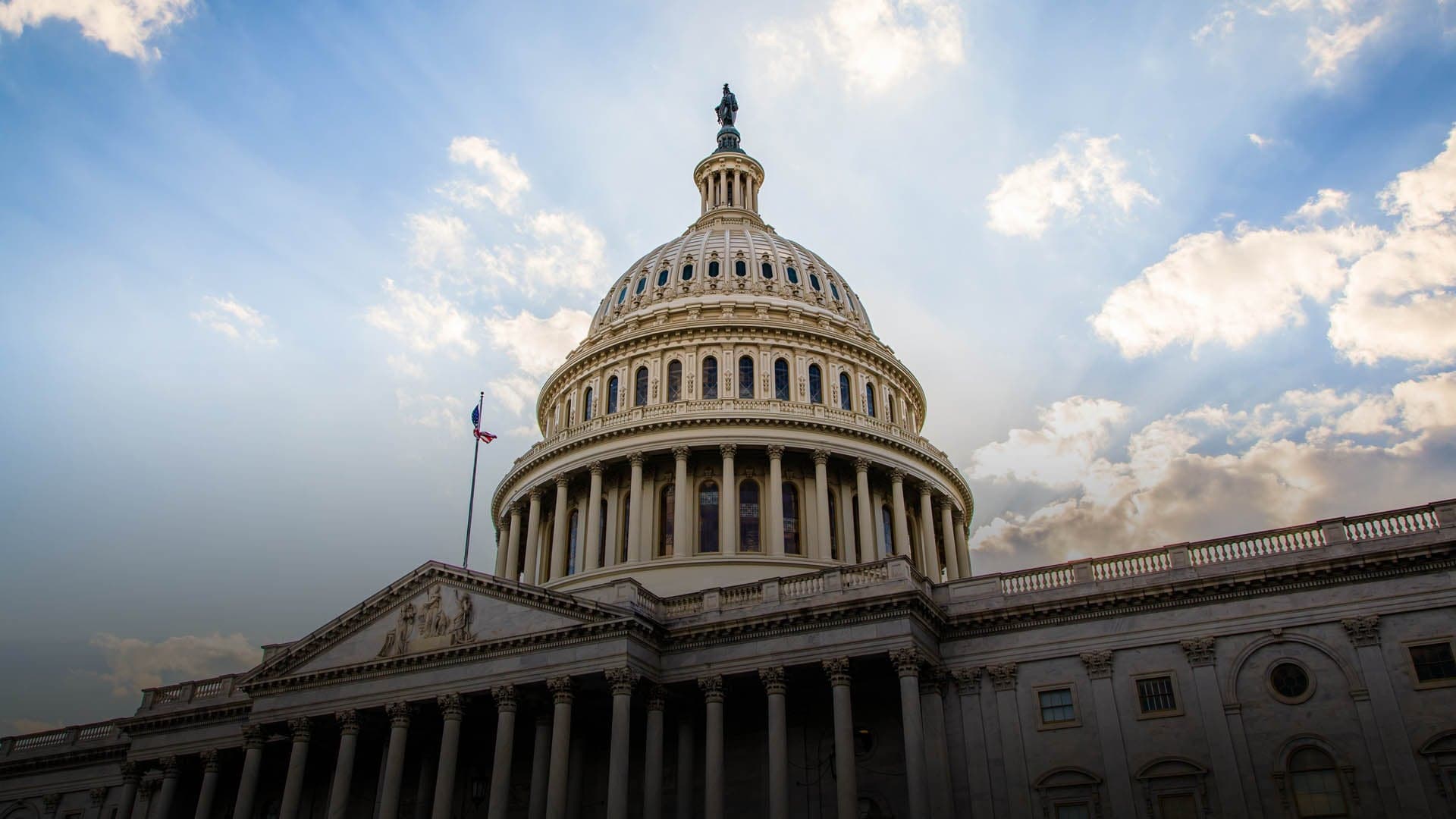On January 3, 1957 Dalip Singh Saund is sworn in as the congressional representative of California’s 29th district. Known to many as “Judge,” and also nicknamed “the Peacemaker,” he is the first Asian, first Indian American, first Sikh and first follower of a non-Abrahamic religion to be elected to the United States Congress.
Born and raised in Punjab while India was under British rule, Saund attended the University of Punjab and was active in the independence movement led by Mohandas Gandhi. He enrolled in the University of California, Berkeley in 1920, earning a PhD in mathematics four years later. He married and moved to a ranch in Westmoreland, California, getting a friend to sign the deed for him in order to circumvent a state law that prohibited Asians from owning land. His time as a farmer, witnessing the struggles of his neighbors during the Great Depression, made him a fan of the New Deal and a lifelong Democrat. Saund organized in favor of allowing Indians to become naturalized American citizens, which Congress finally approved in 1946. Three years later, Saund became a citizen, and the following year he ran for a judgeship. Despite facing persistent racism—one reporter asked him if he would supply turbans to all those who entered his court—he won by 13 votes.
In 1956, Saund ran for his home district’s open congressional seat. Despite a legal challenge from his Democratic primary opponent, who unsuccessfully argued that Saund had not been a citizen long enough to serve in Congress, Saund won the nomination and defeated famous female aviator Jacqueline Cochran Odlum for the seat. He credited his victory to the connections he had made in the district, particularly to small farmers and small business owners. He served three terms in Congress, where he became known as a champion of small farmers and civil rights legislation and worked to improve the United States’ relations with Mexico as well as his native India.
READ MORE: Asian American Milestones: A Timeline

